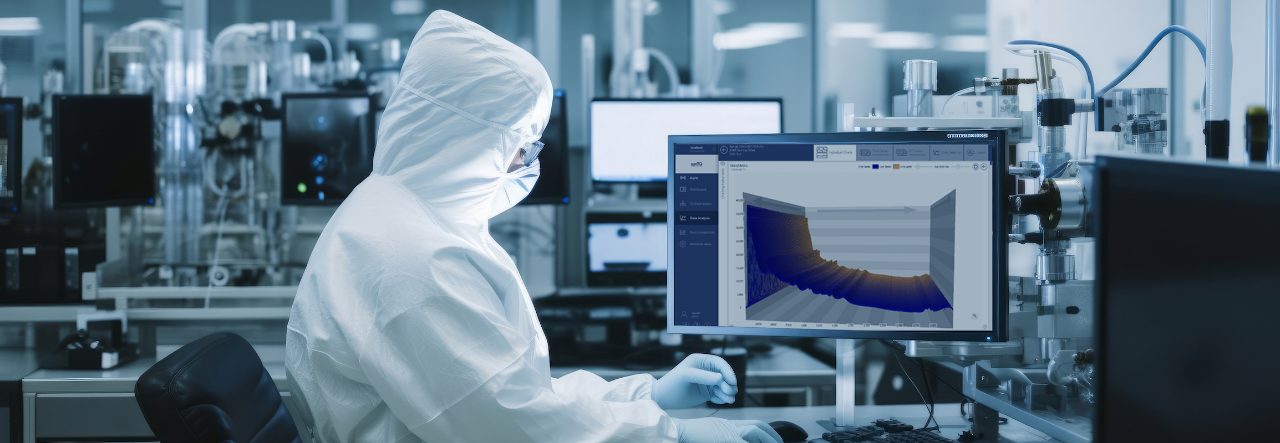

PAT for Non-Pharma Processes
PAT is a transformative solution for all process industries, despite originating in pharmaceutical manufacturing.
PAT for Non-Pharma Processes
Early in the conception of Process Analytical Technology (PAT), the US Food and Drug Association (FDA) encouraged its implementation in a 2004 guidance document that positioned it as a framework for innovative pharmaceutical development, manufacturing, and quality assurance.
Since this initial definition, the desire for flexible, regulatory-compliant PAT knowledge management in industry sectors outside of Life Sciences has grown substantially. It has been employed in a variety of process industries, including food and beverage, oil and gas, FMCG, and chemical.
Although they may be realized differently, the core benefits of PAT are applicable to every process industry: improving quality, cost and efficiency.
A critical driver for some industries is the cost saving that can be made by minimizing giveaway, off-spec material and waste. The financial impact for a manufacturer generating high volumes of product can be huge. The ability to control and maintain product and process quality, while these financial and environmental benefits are achieved, makes PAT a transformative solution.
The implementation of PAT can also enable manufacturers to source raw materials from a wider range of suppliers and still produce a high-quality product. This is of urgent interest to the pharmaceutical industry in particular, but the same principles apply to other process industries. Along with the short-term financial savings that this can often generate, it speaks to deeper issues that manufacturers are facing. Fluctuations and fragility in the global supply chain mean that all manufacturers must find a way to futureproof their systems and processes and ensure business sustainability.
PAT can be applied to most processes, provided that the critical quality attributes can be measured by an instrument suitable for the environment. This is a key starting point for manufacturers first embarking on a PAT application.
Bruker offers a wide range of instrumentation-based PAT solutions and recommends synTQ , the instrument agnostic software package from Optimal Industrial Technologies.


